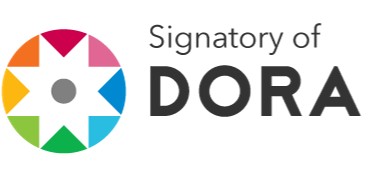Preliminary study of the physicochemical and microbiological parameters for the treatment of surface waters of the Magdalena River-Upper Basin and effects of the combined treatment of sand filter and UV lamp
DOI:
https://doi.org/10.36436/24223484.517Abstract
The Magdalena River is considered one of the most important sources of surface water nationwide, as it is used for human consumption, agricultural, and industrial activities throughout the basin, especially in the central and northern regions of the country. This river receives several tributaries that increase its flow and modify its quality. Therefore, this study evaluated the physical, chemical, and microbiological characteristics of the waters from the Magdalena River and its potential treatment using a portable device. Three surface water samples (60 L) were taken at three locations in the Alto Magdalena province, and subjected to filtration and UV disinfection processes in a self-sustaining device. A complete characterization of the samples was then performed at times ranging from 0, 45, 90, and 135 minutes. The treatment showed a reduction in physical parameters such as color, turbidity, and total solids. No significant differences were found in the initial and final concentrations of elements such as manganese, zinc, copper, total chromium, and nickel once they entered and recirculated through the device. Disinfection showed removal percentages ranging from 15% to 56% for CF and 20% to 36% for CT. The results indicated that the analyzed samples have good post-treatment potential and use in agricultural and livestock activities. Strategies are needed to mitigate water pollution, conserve the resource, and even improve access for human or agricultural consumption.Downloads
Downloads
Published
How to Cite
Issue
Section
License
Copyright (c) 2022 Ciencias Agropecuarias

This work is licensed under a Creative Commons Attribution-NonCommercial-NoDerivatives 4.0 International License.







